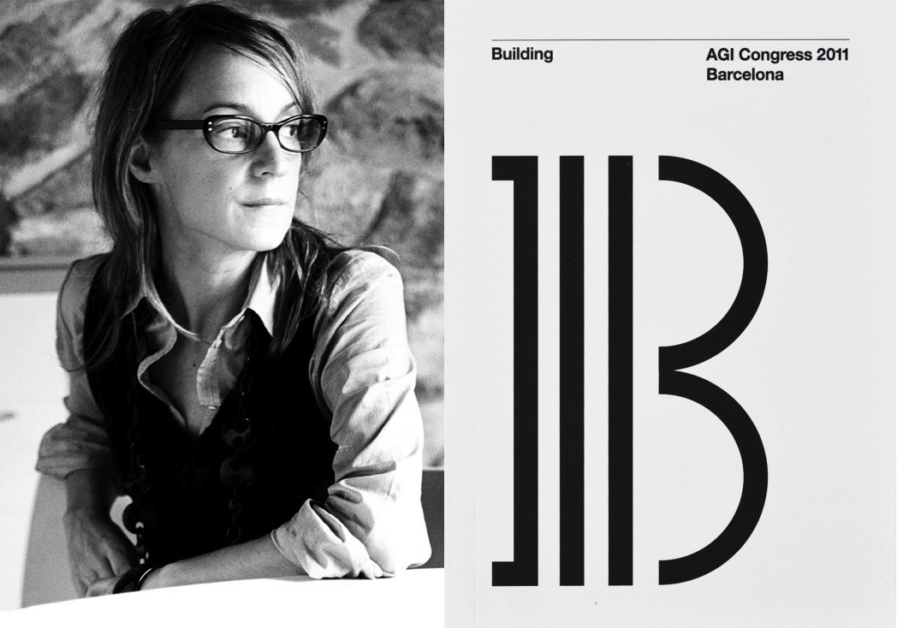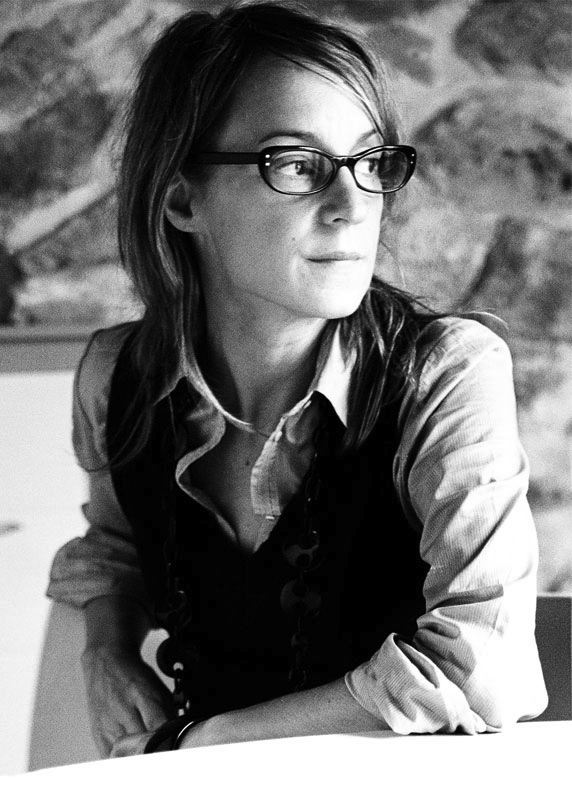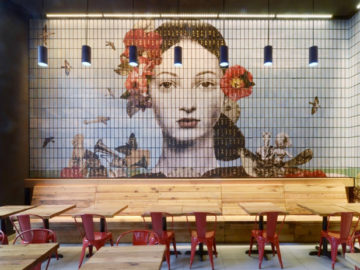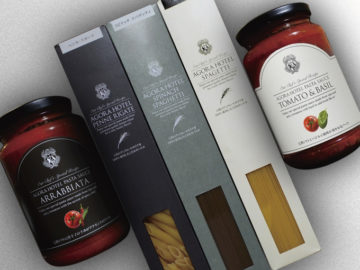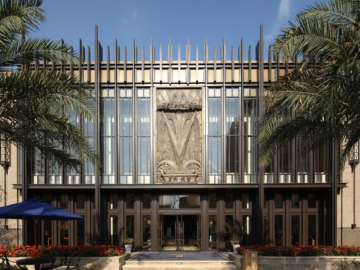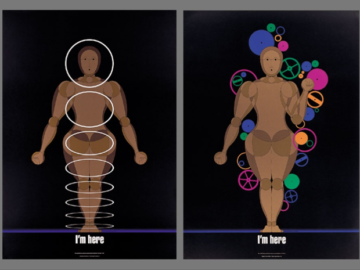How do you approach a problem?
Our approach is rigorous, we start with extensive research and analysis of the content. The key is in the process and keeping an open dialogue with the client based on trust. Concentrating on the process and engaging other parties in it reduces the chances of miscommunicating the message. We normally walk the extra mile in every project and give our clients what they need, not what they want. This is achieved by asking the right questions and understanding the objectives.
What is your work philosophy?
Think first, design later. Graphic design is a visual language and ideas are at its core. Content matters: a strong concept anchors a project. Choices are arbitrary if they are not rooted in concepts: craft and content should work together as a whole. Our underlying principles are clarity, simplicity and commitment to finding unique, tailor-made solutions for each project in a conscious effort to avoid repetition and formulaic responses. We like to subtract rather than add, eschewing other embellishments — trying to find the essence of a problem and communicating it in the most efficient and synthetic way. In summary, form follows content.
How long has your firm been in the design business?
Astrid Stavro Studio has been in the design business for ten years.
How large is the firm?
I have very recently joined forces with Pablo Martín from Grafica to create Design by Atlas. We have chosen to keep the studio relatively small and are currently a team of eight designers supported by our studio manager. Each of our clients works directly with one of the partners. This allows us to overview every project personally with passion and personal commitment, offering hands-on solutions for a select range of clients.
What brought on this new merge?
It was a natural step. Pablo and I are married and have been sharing the same studio space since we moved from Barcelona to Mallorca approximately four years ago. We never thought of merging the studios, specially as a married couple. When we arrived to Mallorca we started sharing clients and it became confusing for everyone involved. The merge became almost inevitable but it hasn’t been a dramatic change, on the contrary, we work like we did before, as independent partners but under a common name. We chose the name Design by Atlas as a way to reflect the fact that we work from a small island in the middle of the Mediterranean Sea for local, national and international clients across the globe: South, North, East and West. Together, we sum more than 40 years of experience and are the most awarded design consultancy in Spain.
What are your overall goals with this new merge and as a new company?
The fact that clients work directly with either Pablo, myself or Rafa Roses (our new associate), allows us to work like a small studio but within a larger context. We are very hands-on and like to work side by side with our clients. This allows us — and them — to really engage with the work. In this sense we work like design artisans but are able to take on bigger projects for bigger clients.
Designers often take on multiple roles that go unnoticed and their true potential is systematically underrated. One of the goals of the new company is to reflect this: content matters. We rewrite client briefs systematically, surprising our clients with strategic visions that are not normally classified as ‘graphic design’. For example, I am a contributing editor of Elephant magazine — writing is similar to design: it’s designing with words. Critical discourse, design education and opening up dialogues to provide new critical viewpoints from which to consider the discipline in a wider social and cultural context — all these things should be an integral part of our daily practice. I hope that it doesn’t sound pretentious, but setting the standard for what good design is and should be is also one of our goals. We find that the general level of contemporary Spanish graphic design is alarmingly frivolous and superficial. There are many design studios with impeccable and extraordinary craft… but if you dig deeper you’ll struggle to find an idea.
Forget good design; what makes great design?
I like that you start with a statement: “Forget good design”. Good (and bad) design is everywhere! Ground-breaking, excellent design is harder to find. The kind of design that makes you think “I wish I’d done that”, the design that generates new perspectives and has the capacity to influence and even change the way we think is what makes great design. Sometimes, great design can be very subtle and discrete. We tend to be wowed by grandiloquent gestures and extraordinary ideas — there is great design that whispers instead of shouting out loud. I personally prefer when the latter happens. There are projects that elevate a piece of work to a different level with extreme simplicity and minimum means. Complexity without beauty and refined thinking is far less impressive than restraint and finding the appropriate solutions. The best designers think about the message, think about the audience, think about the medium, and come up with a solution that is perfectly suited to its purpose.
What or who is your inspiration for good design?
The list is long and has changed and evolved over time. The what’s and who’s are not necessarily design related. Ideas are everywhere: in music, literature, philosophy, science, the local pub… I studied literature before graphic design. Lateral thinking is important. If you only feed yourself with design matters you are more likely to miss the bigger picture.
What are you currently working on?
The identity of the Barcelona Design Museum, wine labels and identities for several wineries in Ribera del Duero (Spain) and Patagonia (Argentina), a monograph on Willem de Kooning, a series of literature and essay collections for a Barcelona-based publisher, a book on 20th century photography, 3 photography books, olive oil packaging, several websites, the identity for Chefsins (an organization that promotes the best chefs of the Balearic Islands), the naming and identity for an eco-friendly organic farm and hotel in Southern Portugal, educational books for a client in Poland and the United States, book collections for children aged 6—10 years old, the identity for an organic shop in Palma, four book covers, a monograph for a polo tournament celebrated annually in Mallorca and several projects for the Barcelona Tourism Office.
We are also developing a series of exciting self-initiated projects. One of them is a 3D object for UpSideUp in London and another is for a series called Paper Works to be launched at Maison&Objet in Paris in 2014, amongst several others.
Where is your design firm currently located?
The firm is located in the heart of Palma, the capital of Palma de Mallorca in the Balearic Islands. We work in a large 300 square meter old building: coincidentally, it used to be the home of the best design design school in Mallorca, the now extinct Blau Design School.
The above excerpt is a sneak peek into our Design Annual 2008, which is available in our store today. Order one while they are still in stock.
If you are new to the blog, hello and welcome to our worldwide community of influential and bright designers and photographers. We are always looking for new talent and would love to see your best work. Submit an entry over here, and become a professional member today at graphis.com.

